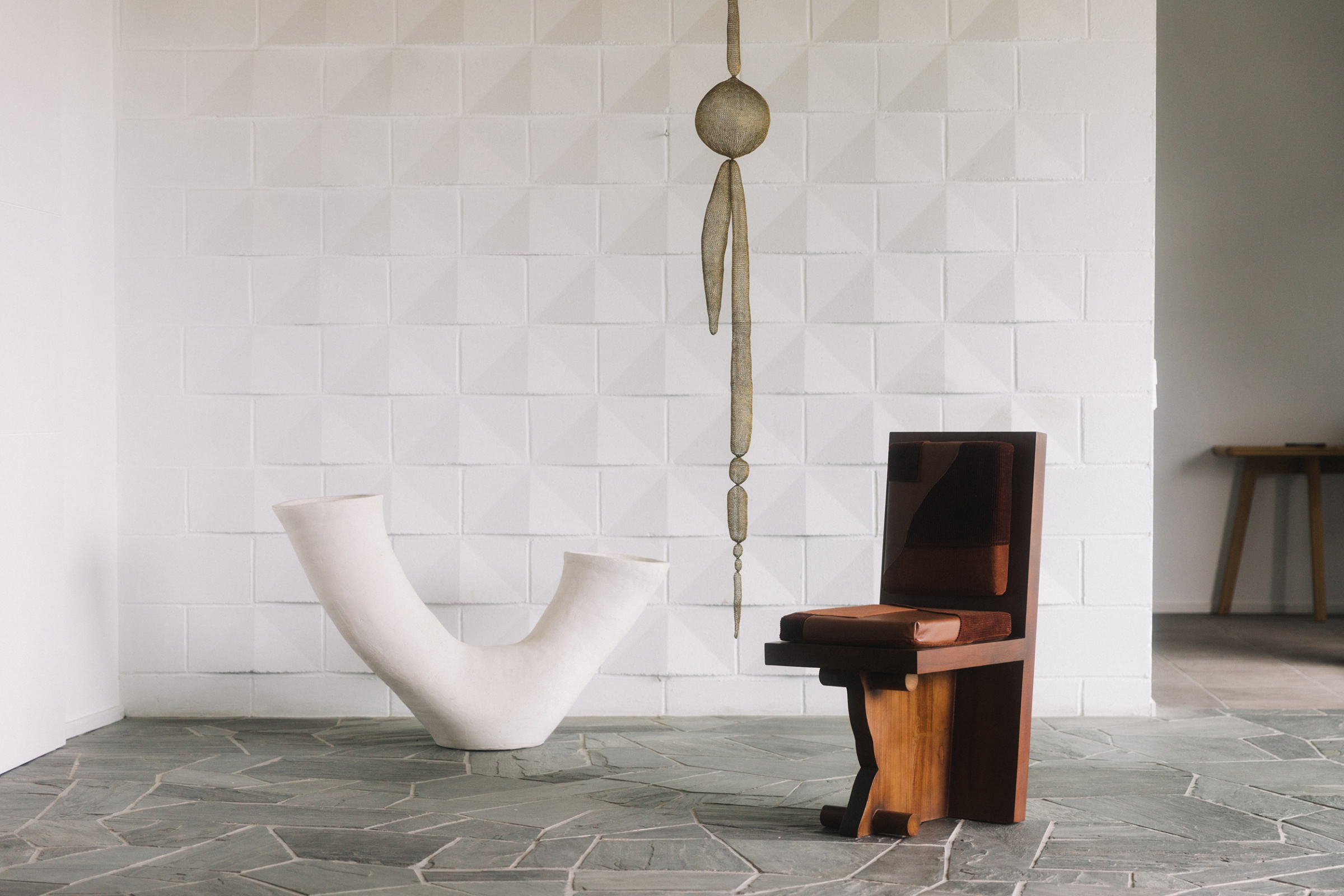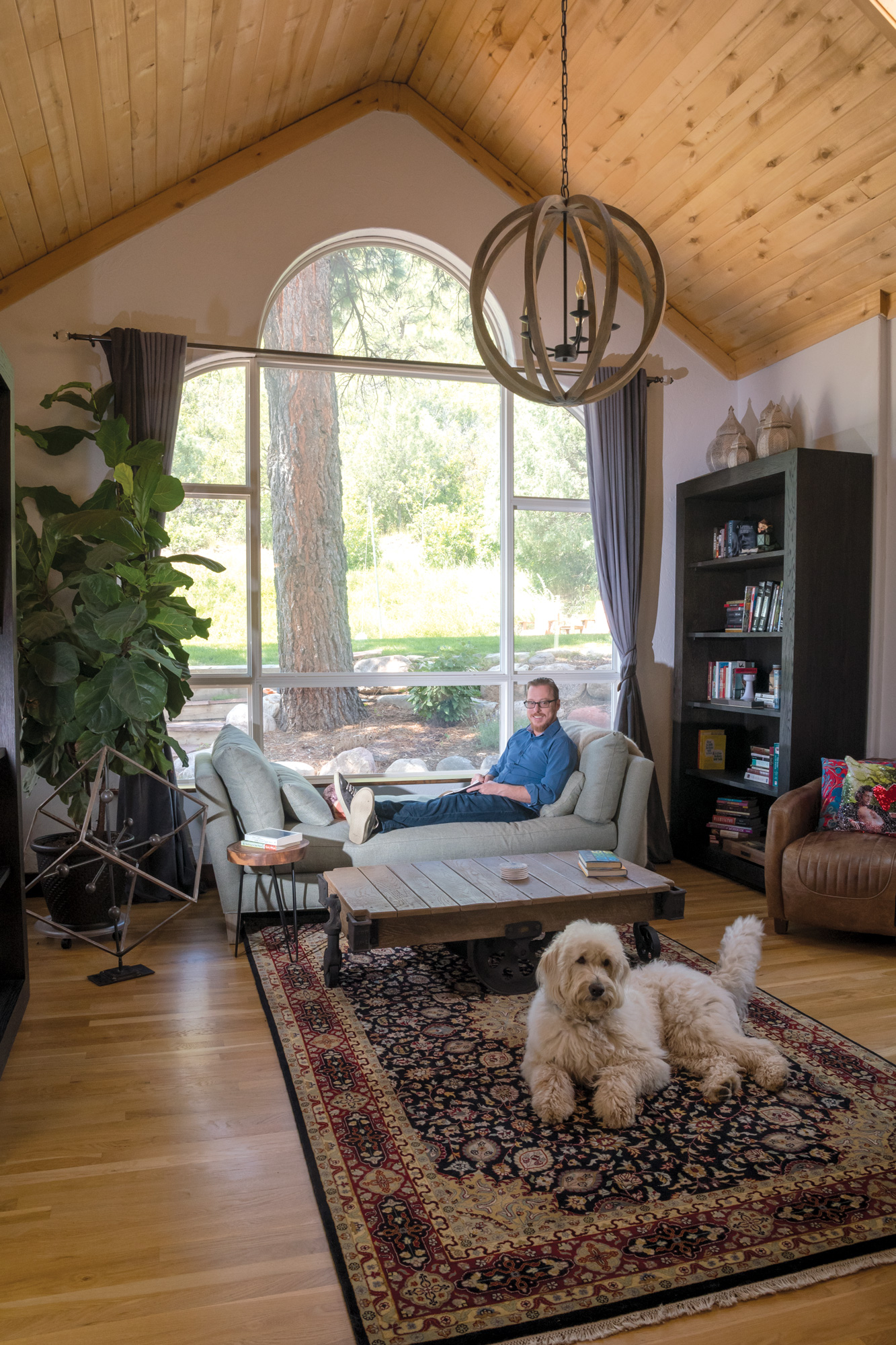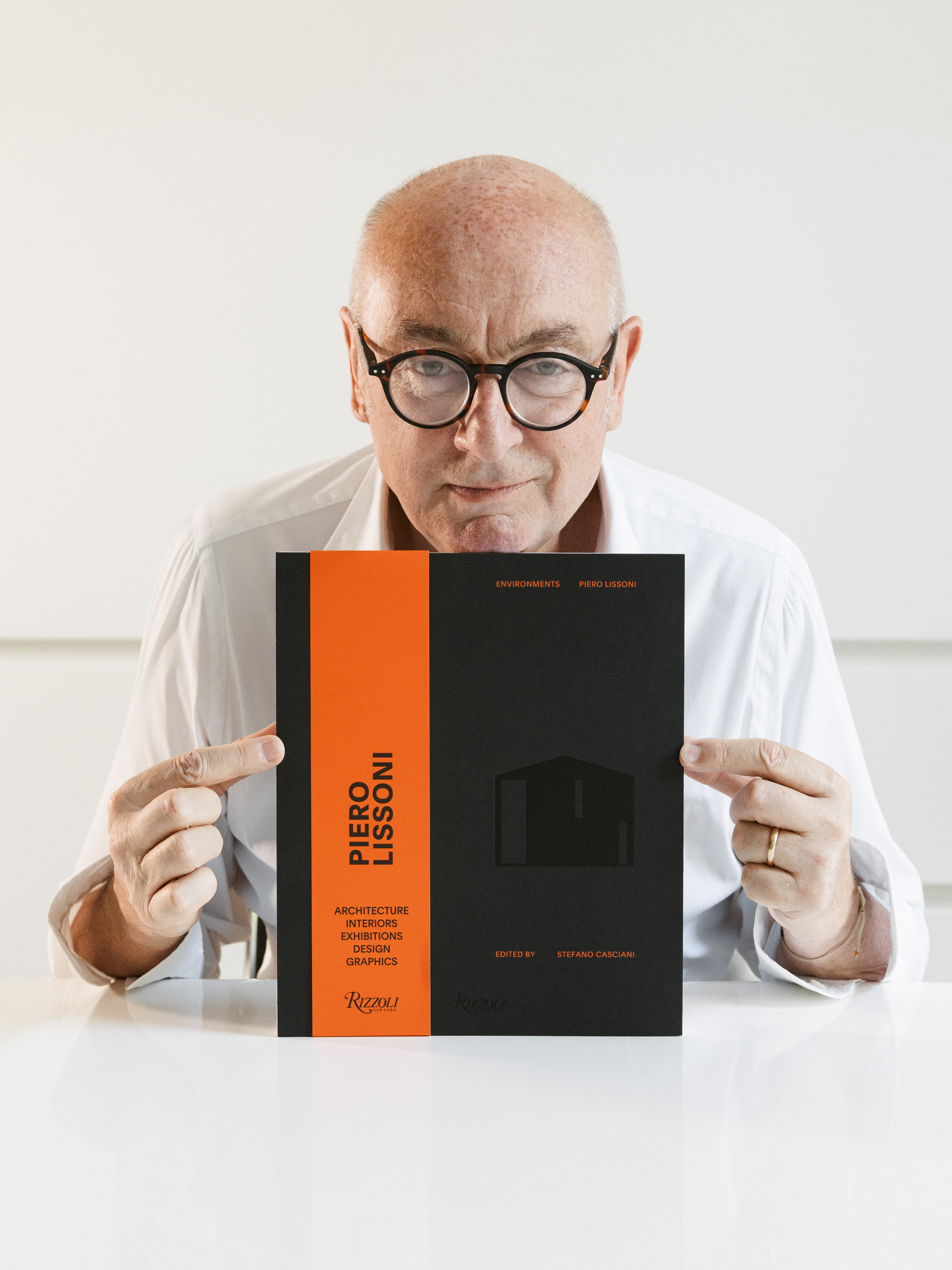Angela Santana, a Swiss artist currently residing in New York, uses her medium to address the mass consumption of online imagery. Through her ongoing series of large-scale oil paintings, inspired by illicit images she finds on the internet, Angela interrogates the depiction of women in art and the objectification of the female form. Her work is empowering, statement-making, and impactful; by “shifting the object to become the subject,” Angela’s work moves women from the male gaze into equal representation.
Achieved through a unique combination of digital processes and oil painting, her work forces viewers to question the ethics of online behavior. We recently caught up with Santana to find out more about her unique process and the motivation behind the series.
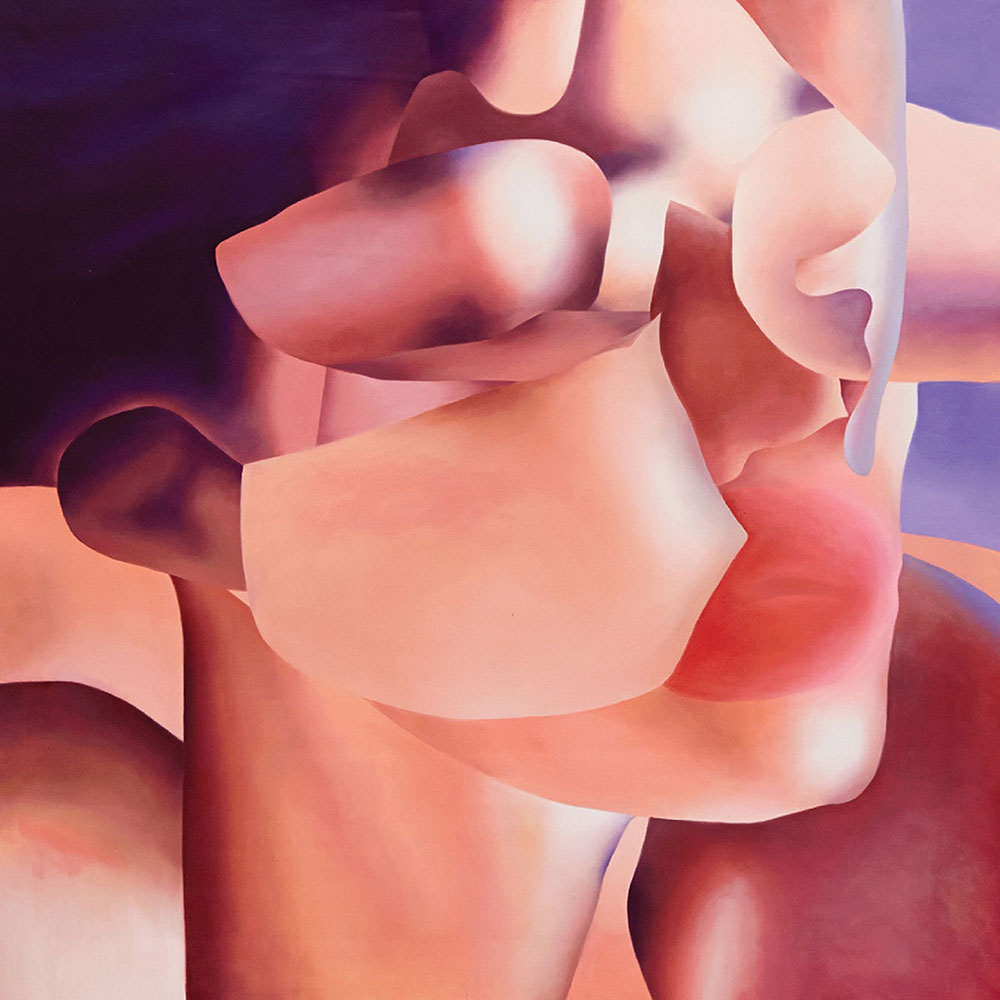
‘The Achievement’ (2015). COURTESY OF ANGELA SANTANA.
When and why did you get into art? Have you always been creative?
I was painting and drawing all the time from a very early age and always knew I wanted to be an artist. Thankfully my parents encouraged me to be creative in all sorts of ways. As a child, my birthday parties were celebrated by painting in the garden; we had enormous rolls of wallpaper laid out in the grass to paint on.
After completing art school in Zurich and earning a degree in graphic design, I gained lots of experience abroad. I worked in Paris, Hamburg, and London, where I created artwork for notable brands and well-respected artists in the music industry.
I was striving for absolute creative freedom and autonomy, so then I started this ongoing series of large-scale oil paintings.
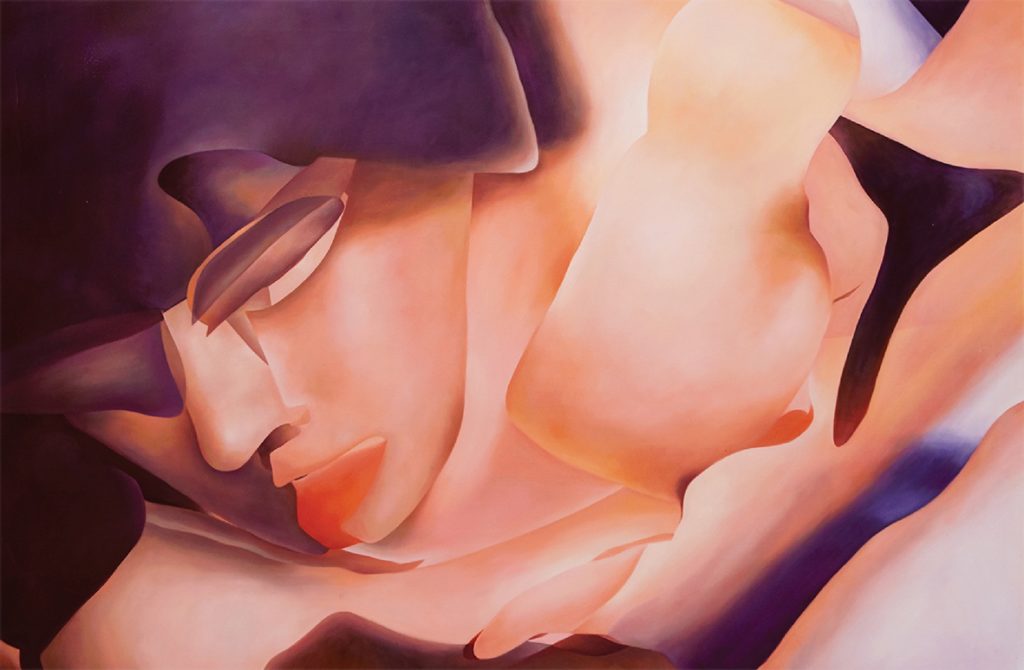
‘Beauty Is A Myth’ (2016). COURTESY OF ANGELA SANTANA.
What does a typical day in the studio look like for you?
Early mornings are for inspiration. While reading literature and having coffee, I write down notes and thoughts that I feed into my work later. These writings could lead, for example, to a new title for a painting or a concept for a collaboration. By selecting the books and articles, I’m creating a certain mood to immerse myself into. Then I usually paint into the evening and try to fit as many hours in as possible. It’s a very time-consuming technique—painting layer after layer and slightly shifting them. It feels almost like sculpting.
Read more art stories at Sixtysix.
While I’m very focused on creating new work all the time, I also break my rhythm sometimes and get out of the studio to see exhibitions and catch up with friends and collaborators. Keeping the balance is important to me, and I love soaking up the energy of New York.
Do you have any rituals or techniques to spark creativity?
I use sound and scent—essential oils and albums such as Music for Airports by Brian Eno or Tibetan soundscapes if I want to focus for many hours. I’m lucky to have collaborated with amazing composers and musicians I admire, such as Tim Hecker, Kelly Moran, and Sunn O))). I feel a strong connection between musical and visual compositions.
Who or what is your main point of reference or inspiration?
I’m inspired by people; observing society is a crucial part of my art. Francis Bacon, de Kooning, Urs Fischer, and Marlene Dumas are among my all-time favorites. And New York’s female painters have created a legacy that I am in awe of; this includes Cecily Brown, Joan Semmel, Dana Schutz, and Georgia O’Keeffe. There are also younger artists like Tschabalala Self and Toyin Ojih Odutola.
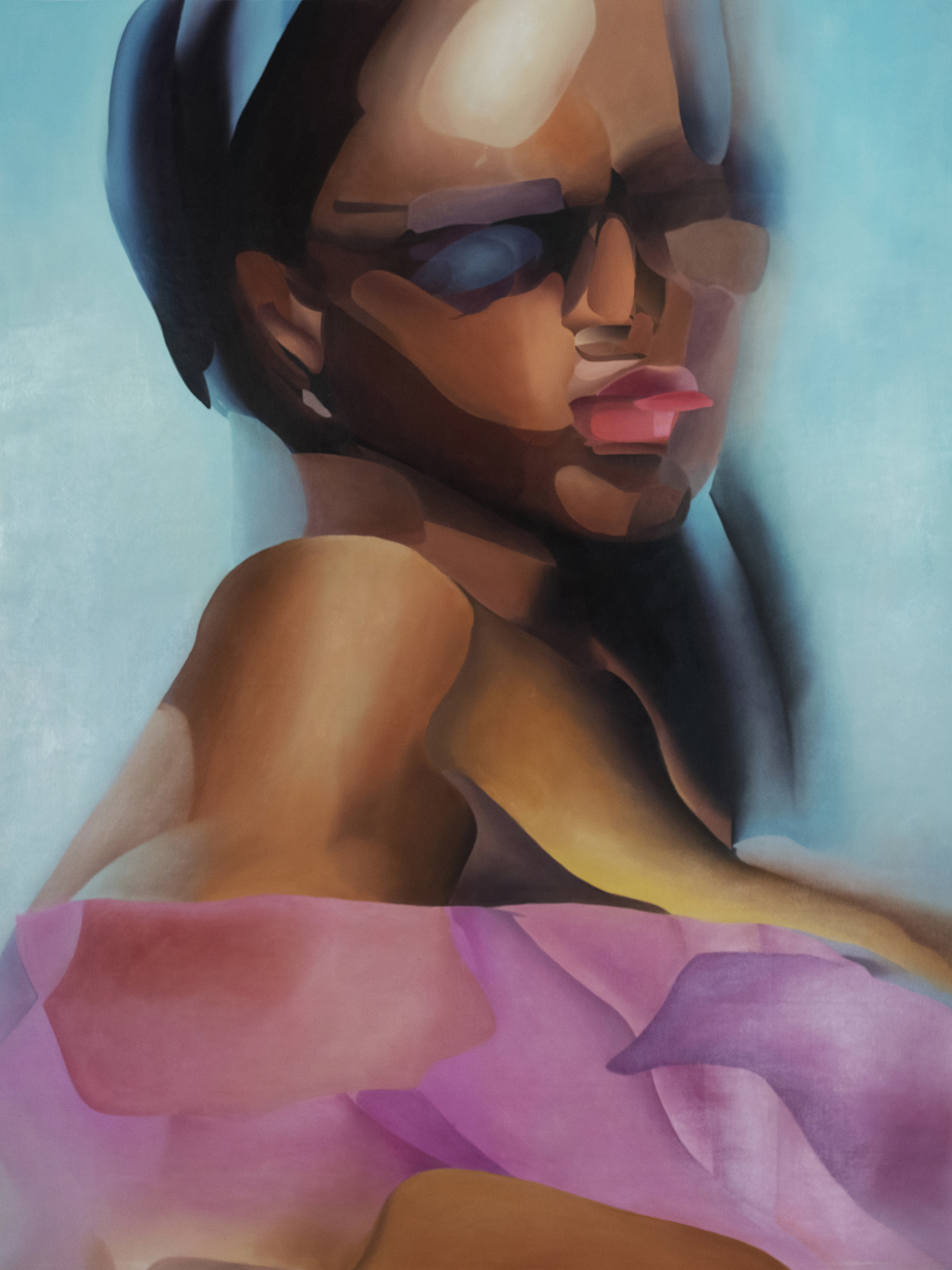
‘Phenomenon’ (2018). COURTESY OF ANGELA SANTANA
“By shifting the object to become the new subject, I highlight how, throughout history, images of women were often passive and pleasing.”
Your ongoing painting series questions the objectified female body on the internet. Run us through the inspiration for painting with these themes. Was there a particular image or experience that sparked your practice?
I was always intrigued by the female body—its symbolism, its shapes. I experimented and explored it through an abundance of different media and techniques. As an artist, I’m an observer of society. I’m looking at our behavior online, how we consume imagery at an accelerated speed, and how this mass of objectified content has helped shape and distort the perception of women in our collective consciousness. It was really a sum of all the images that sparked it.
Your process involves a multimedia approach, where you paint digitally before bringing them to large-scale canvases in oil. What’s the reason for working this way? What does the digital process add to a traditional technique, and vice versa?
I love the synergy between the manual and digital. Sharp digital brushstrokes combined with the softest blurred areas are two stylistic elements that are typical for my paintings; I really enjoy that contrast. I’m also embracing the digital anomalies that happen throughout the process—the things I haven’t planned. Furthermore, by digitally disrupting the classical oil painting process, I’m commenting on the male dominated industry and the depiction of women throughout history.
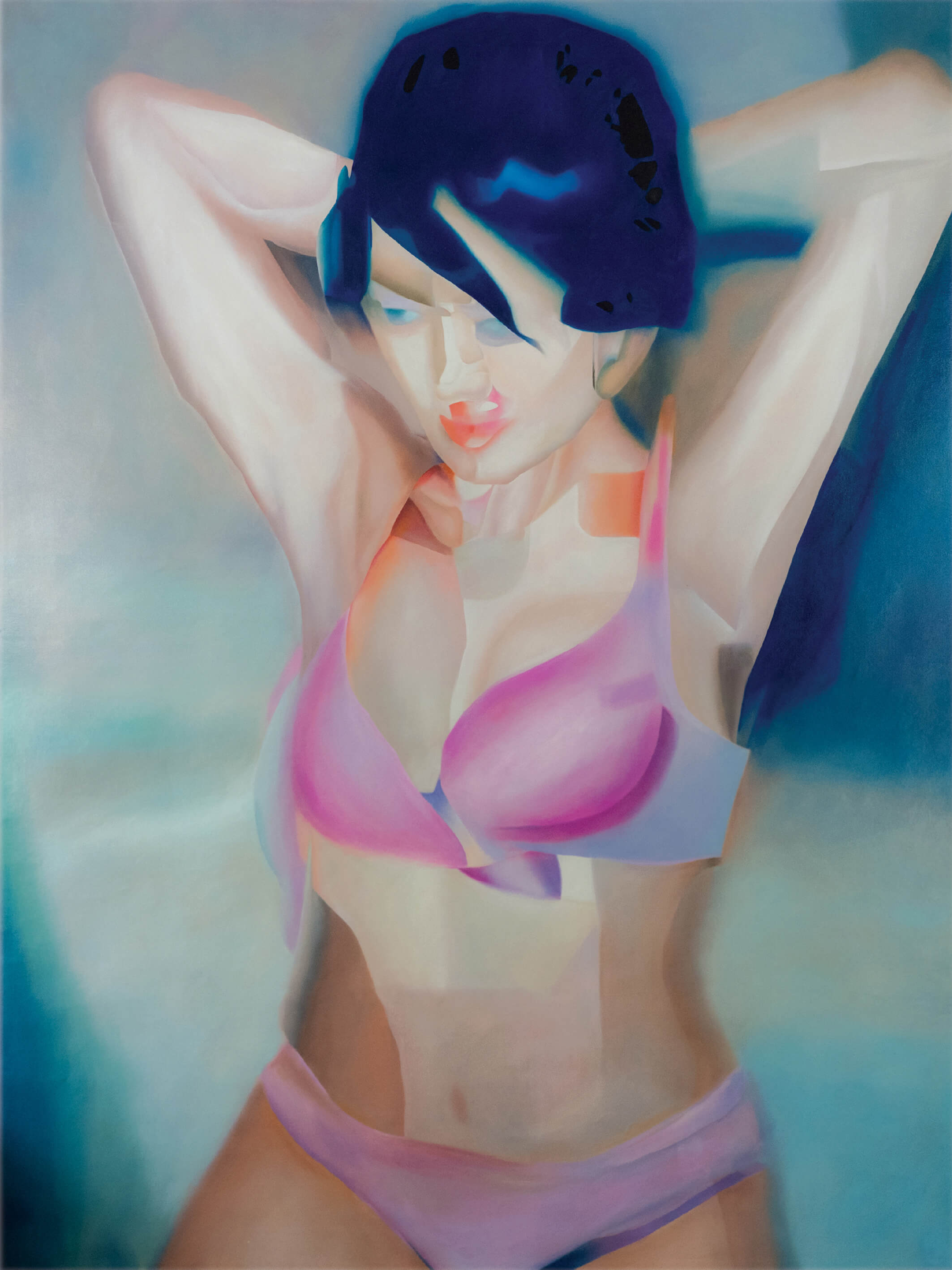
‘Swoon’ (2018). COURTESY OF ANGELA SANTANA.
The paintings present a somewhat overly airbrushed image, where the content—such as the subject’s face—is blurred and masked from the viewer’s perception. Is this on purpose, perhaps to reflect the disposable nature of the digital world?
Indeed. By shifting the object to become the new subject, I highlight how, throughout history, images of women were often passive and pleasing, created from the male gaze. I’d like to reengage the viewer to a new narrative—a female gaze—where women are powerful. I really want my work to have an uplifting and empowering energy. The titles further enhance that concept.
It’s about understanding that our narrow idea of beauty today is a direct result of idealized images of female bodies over centuries, made by men. John Berger analyzed this very precisely in Ways of Seeing.
To answer your question, yes, it is a direct reaction to the digital disposability and the mass of images online. I love the strength and permanence of the medium of oil painting because it’s an antagony to the fleeting digital thumbnail. Playing with scale allows me to enhance that notion even further, as the paintings are really large and bold, created to be seen.
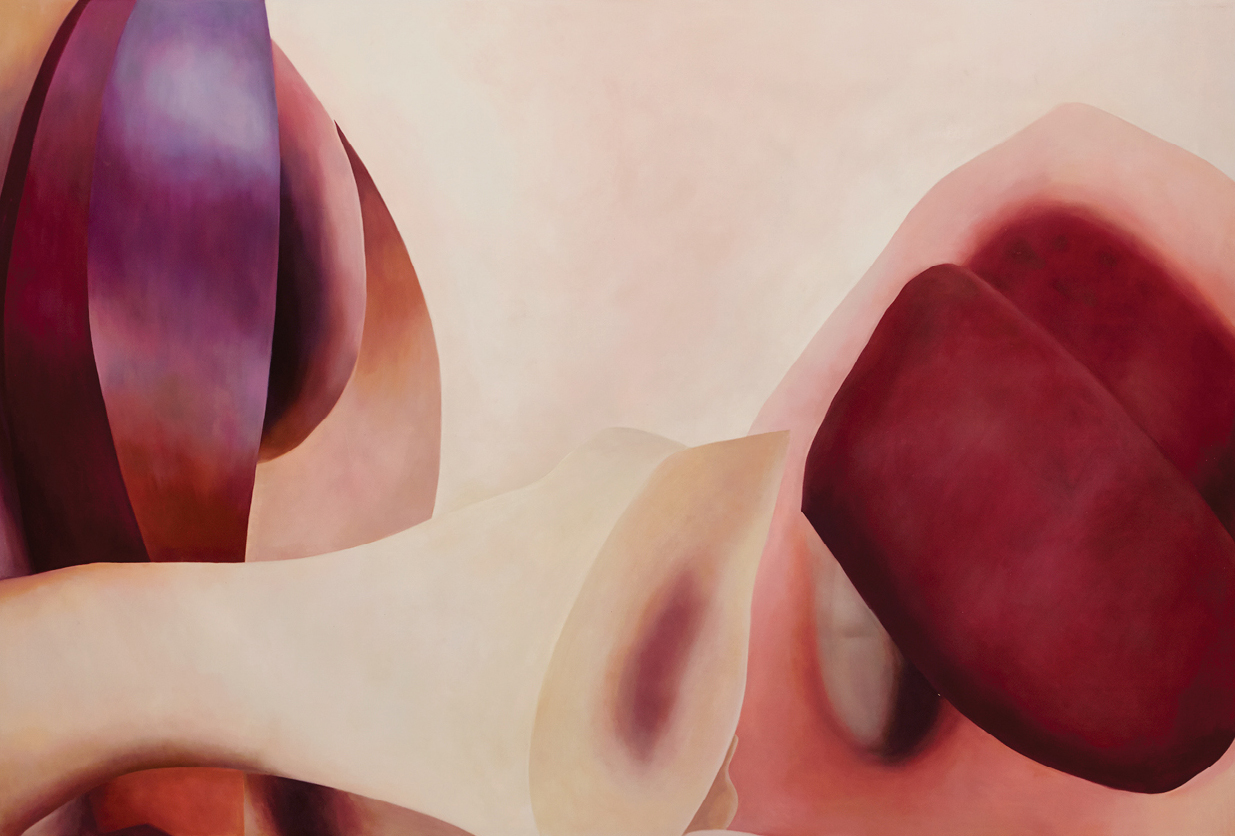
‘Love Is Now’ (2016). COURTESY OF ANGELA SANTANA.
Where do you see this painting series heading in the future? Do you think it will constantly evolve or is there an endpoint?
The constant oscillation between figure and abstraction is giving me so much freedom that I want to explore it more. At times it might become fully abstract, only to swing back into hints of figures. I enjoy the process, and it’s always surprising how excited I get about a piece when I experiment and push it that little bit further; and I think to myself, “That’s one for a new series, perhaps.” It’s super-important to me that I give myself a task to open up at all times, surprise and push myself, and be playful. Sculptures and experimental print techniques are both in my mind as well.
What is the role of art? And what is the role of the artist?
To me, art is a language, and the most direct way to express an emotion. The role of the artist is to evoke an emotion.
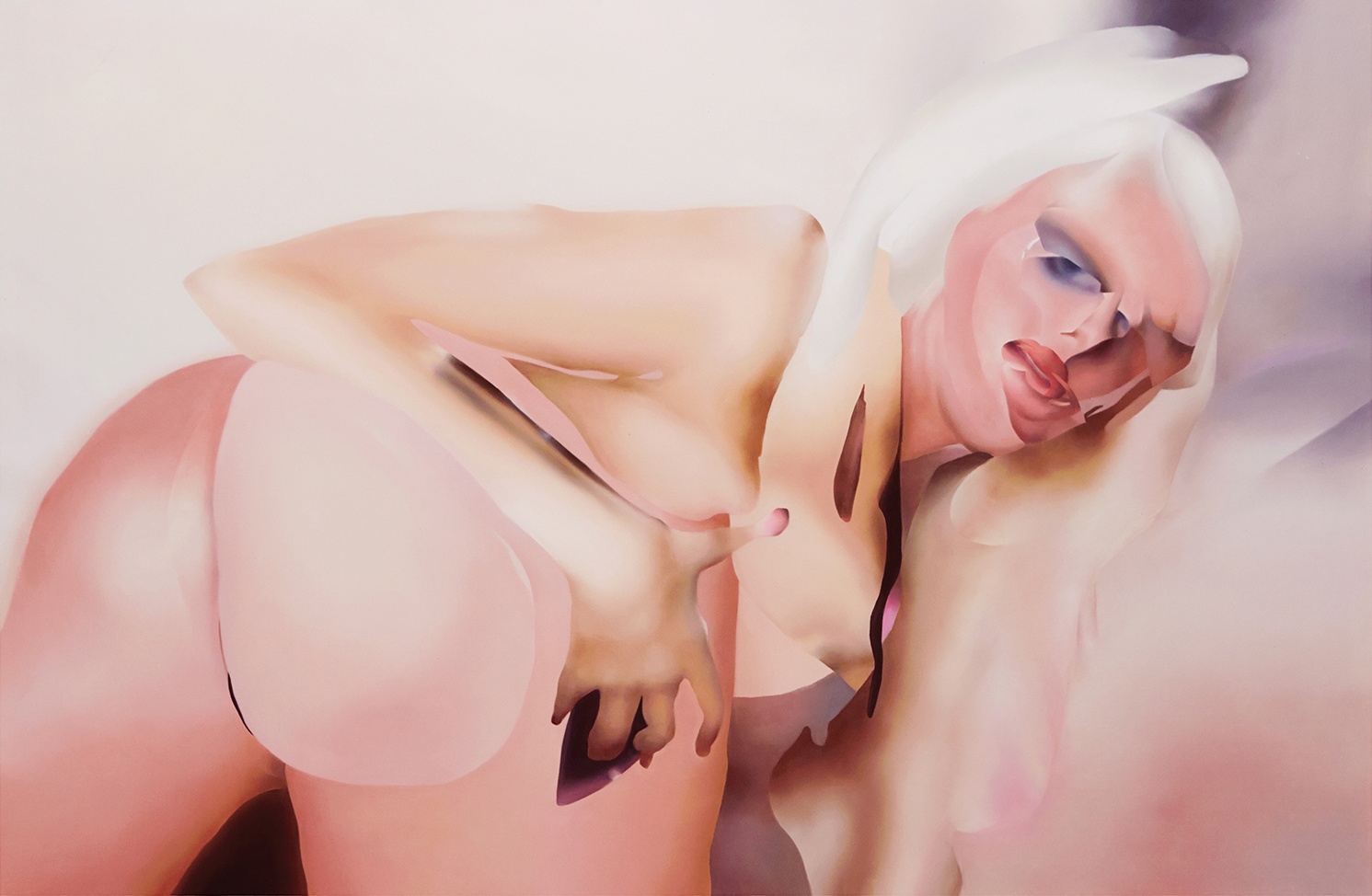
‘It’s Grand, It’s A Powerplay’ (2016). COURTESY OF ANGELA SANTANA.
What are your thoughts on the representation of women within art? How has this changed over time? How has technology impacted this?
Looking at the last century, the now and the future, we can certainly say that that idealization has become even more narrow and absurd. Advertising, fashion, gaming, and the erotic industry all play their parts. Technology definitely gives more access and diversity, which is great, but we’re still far from equality, generally speaking; and in the arts—just think of the Guerrilla Girls.
I’m inspired by trailblazing women from all industries and backgrounds. Living in New York has amplified the urgency of action, the importance of participating, making an impact, being present and shaping culture in all fields and positions.
